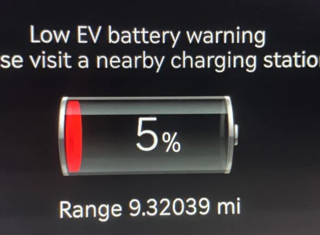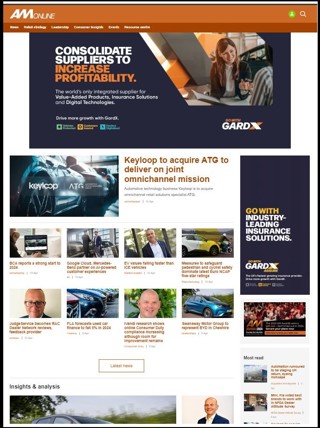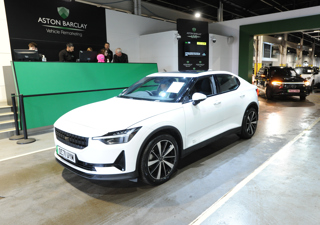The internet has revolutionised the process of buying a used car.
Where the average buyer once paid several visits to showrooms in the quest for a new or used vehicle, most now do the majority of their research online.
The main reason for savvy consumers visiting platforms such as AA Cars – our used cars search portal – is to make up their mind in advance about which car they want. But they then still want to view the vehicle.
Half of used car buyers visit just one forecourt during the buying process – but most will visit more than three dealer websites.
However, while the number of traditional forecourt visits may be on the decline, there is still a valuable place for the roadside showroom and car salesperson.
Increasingly, customers do extensive research online, identify the car they want to buy, and then drop in to a forecourt without having made any prior contact with sales staff.
A recent study found that walk-ins were the first point of consumer-dealer contact in more than half (58%) of all transactions.
So at some point, most buyers are going to visit a showroom and assess the car they want before handing over their cash, which shows that there is still a vital need for a roadside pitch in the sales process.
But while there is still an important place for the traditional used car salesperson in all this, their role has changed dramatically.
Their job is no longer to sell the vehicle – this part of the transaction has already been taken care of online – it’s now to seal the deal.
And they need to complete this deal with an empowered buyer who has all the information at their fingertips, is better informed, and knows what to look for and what questions to ask.
So what are the pros and cons of selling used cars from the traditional forecourt compared to online?
Obviously, one of the disadvantages is that renting or owning a forecourt premises has much higher costs for a business.
Another disadvantage is that you can’t be there 24/7 – unlike your cyber competitors.
But that’s where your business’ online presence really comes into play.
If most of your sales come from internet leads, then it’s vital to get your online offering up to scratch.
Consumers want the digital experience to be quick and simple – so your website needs to stand out and be easy to use. It’s the professional online face of your business.
According to recent research, two thirds of overall traffic to used car portals is generated by mobile and tablet, with 86% of consumers now searching for their next car after 6pm. So there’s a good chance that most buyers are probably looking for their next car after you’ve closed for the night.
The pros of selling via a traditional forecourt include the fact that many people still like the instant gratification of driving off in their recently purchased car. You can’t get that if you’re waiting for it to be delivered after an online purchase.
Buyers also want to spend their money on a product they can trust.
We recently launched AA Vehicle Inspections for dealers, offering independent pre-sale vehicle inspections carried out to help build buyer confidence and enable dealers to beat competitors, protect them against new Consumer Rights legislation and increase profitability. Vehicles which have been inspected receive twice as many views on AA Cars.
Also, the bottom line is that most people still want to see and probably also test drive a car before committing to buying. This is where the traditional forecourt really comes into its own, showing that it’s still a vital part of the used car buying process.
And this is something that the cyber car lot simply cannot offer the buyer.
Author: David Bruce (pictured), Director of AA Vehicle Inspections



















Login to comment
Comments
No comments have been made yet.